In life, we're used to looking at everything around us unfolding in real time. But looking up at the night sky is different. When we look at the stars we're actually looking at the past, we aren't seeing the stars, or really anything in the universe as they currently are. We're seeing them as they were. This all comes down to the way that light travels through space.
Understanding space-time and why light moves the way it does means that one day we could look so far into the cosmos, we could be able to see the very first light at the birth of the universe, nearly 13.8 billion years ago. And, in fact, there are astronomers and cosmologists working on this right now.
The most important point you need to remember is that light travels at a constant speed, which means that it takes time to get anywhere. So if you look up the Big Dipper. 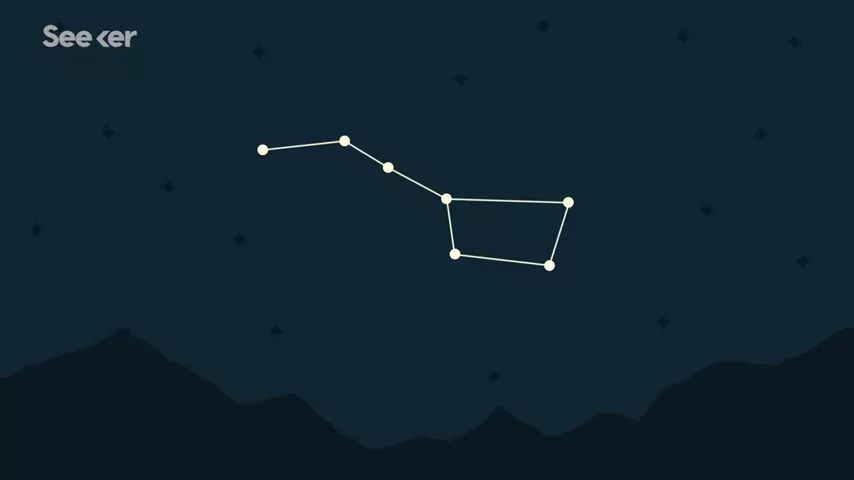 The stars are anywhere from 79 to 125 light years away. That means that what you're seeing is really the light that left the star 79 or more years ago, when you look up and see the moon, that's what it looked like 1.3 seconds ago.
The stars are anywhere from 79 to 125 light years away. That means that what you're seeing is really the light that left the star 79 or more years ago, when you look up and see the moon, that's what it looked like 1.3 seconds ago.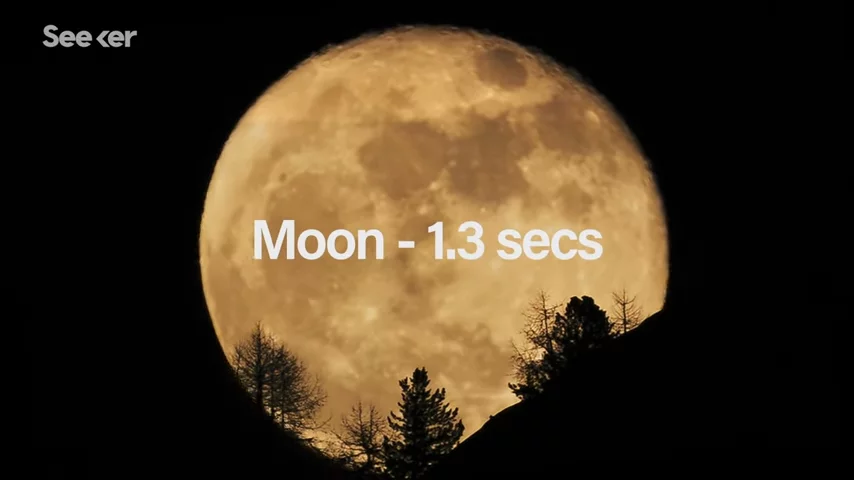 Same idea with planets, and it works in reverse too, if you looked at Earth through a super powerful telescope, from a galaxy 65 million light years away, you would see the earth as it was 65 million years ago, or around the time that T rex went extinct.
Same idea with planets, and it works in reverse too, if you looked at Earth through a super powerful telescope, from a galaxy 65 million light years away, you would see the earth as it was 65 million years ago, or around the time that T rex went extinct.
Thinking about the speed of light isn't a new concept, there's some evidence that scholars in 14th century India were exploring the speed of sunlight. They thought of light as a sort of wind, and though they couldn't prove anything concretely, when converted into modern units, ancient calculations came surprisingly close to the actual speed of light.
Today, we've calculated that speed down to the nanosecond. Light speed applies here on earth too just in much smaller distances. If you look at an object one meter away from you, you're not seeing it as it was three billionths of a second ago. This might seem too small to even matter. After all, it's impossible for us to discern three billionths of a second. But when we talk about space, those distances are so immense that the speed of light creates huge gaps in observational time.
So what does this mean for astronomers making observations of the stars? Well, it makes things a lot more complicated, especially since the universe is expanding the stretching of the fabric of the universe ever outward affects the light traveling through it. Another way I like to say this is that the light sticks to the fabric of space-time as the fabric of the universe expands, so to the waves of light. This is what's known as the Doppler effect. It's the same reason why ambulance sirens seem to get higher and pitch, as it passes you. The waves are getting shortened, and then stretched out again.
With light, it's the color of each wavelength changes as the object gets farther away, and the light waves are more stretched out. This is what's known as redshift. Red because the longer the wavelength, the more red the light appears. At some point the waves get so long, they no longer appear as visible light, and slip into infrared.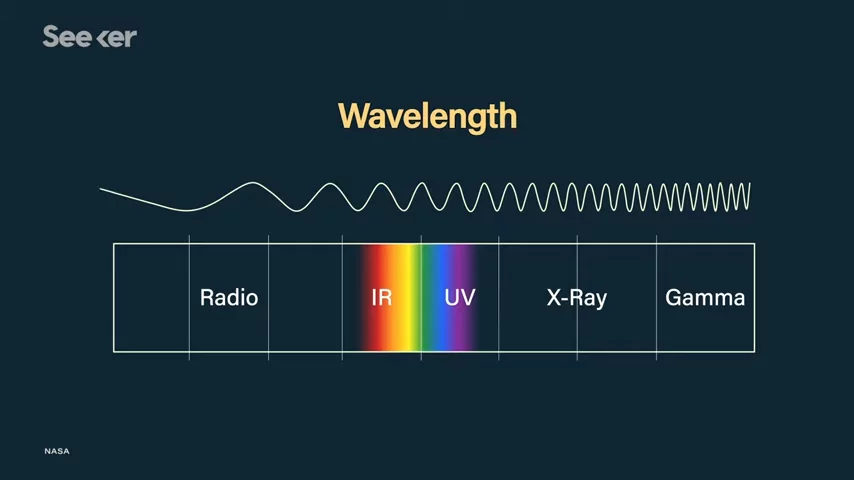 Redshift isn't something you can see with the naked eye, as it only applies for objects that are really far away, and the change in hue is very slight.
Redshift isn't something you can see with the naked eye, as it only applies for objects that are really far away, and the change in hue is very slight.
So, if you want to look at anything, really, really far away into the universe, you would need to account for the redshift. 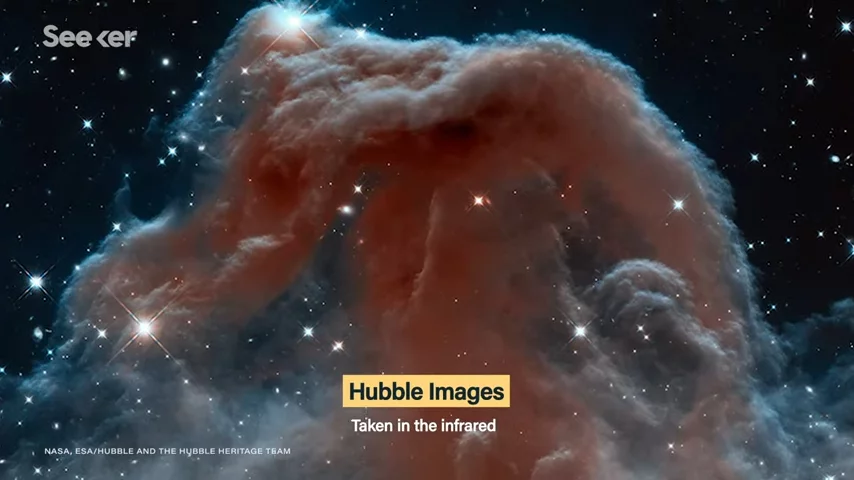 This is why the Hubble Space Telescope, was built to see a small portion of the infrared spectrum. In 2016, Hubble observed a galaxy 32 billion light years away, but since this galaxy is so far away and the universe has been stretching since the light first left it, we're really looking at the galaxy as it was 13.4 billion years ago, I know. Leave it to the universe to make things more complicated.
This is why the Hubble Space Telescope, was built to see a small portion of the infrared spectrum. In 2016, Hubble observed a galaxy 32 billion light years away, but since this galaxy is so far away and the universe has been stretching since the light first left it, we're really looking at the galaxy as it was 13.4 billion years ago, I know. Leave it to the universe to make things more complicated.
This is the closest we've come to observing the birth of the universe, this galaxy GNZ-11 is located near Ursa Major,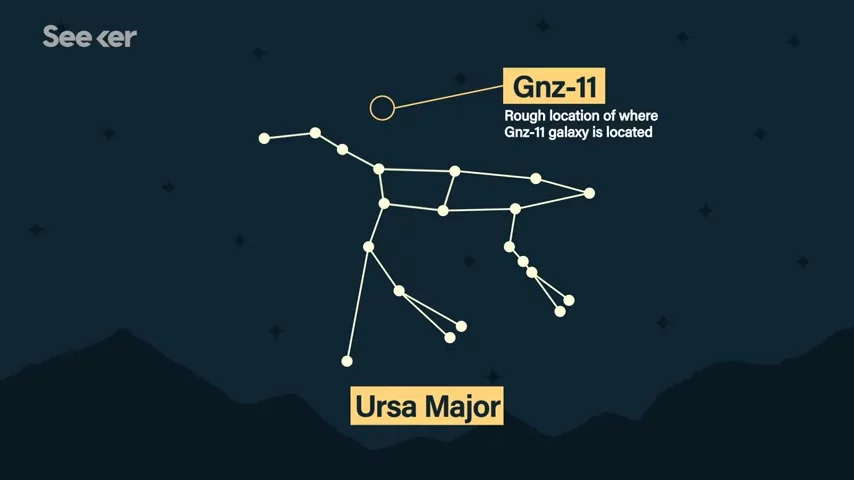 but even if you squint as hard as you can, you still won't be able to see it, unless of course you have some seriously impressive infrared super vision. Oh, and you'd have to be floating above Earth, because our atmosphere blocks some of the infrared.
but even if you squint as hard as you can, you still won't be able to see it, unless of course you have some seriously impressive infrared super vision. Oh, and you'd have to be floating above Earth, because our atmosphere blocks some of the infrared.
Telescopes are getting even better, so much so that they may one day, even be able to see the beginning of the universe. Thinking about the beginning of the universe as we know it. We're thinking of stars and galaxies, and that's a little bit later in the universe. Not very much though. And so, to see that, we actually might have a chance with these future telescopes, and we might be able to see the supernovae of the first stars, we might be able to find the first galaxies ever.
Astrophysicist Taylor Hutchison studies distant galaxies, close to the time of the Big Bang. 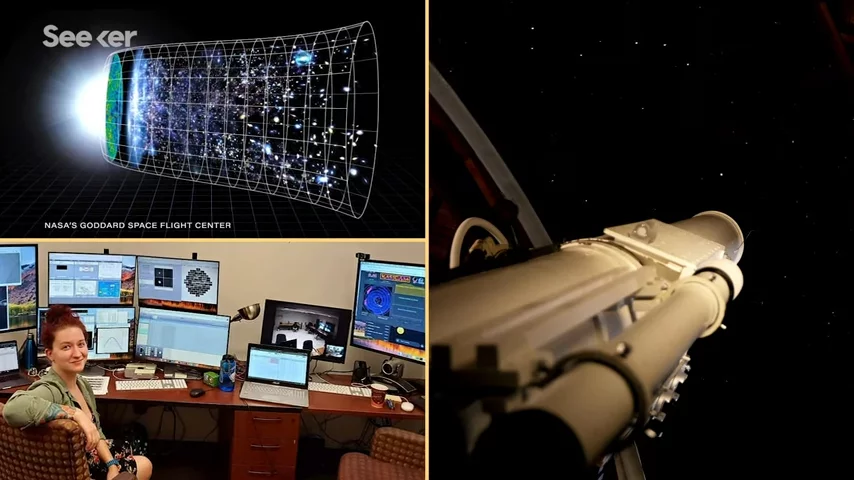
The galaxies I look at are some of the most distant galaxies we've ever found so far, and the galaxies we're seeing existed about a billion years after the Big Bang. So to kind of translate that that's about 13 billion years ago from our present day.
And in order to observe these galaxies, accounting for redshift is super important.
Light is all getting stretched and shifted to longer and longer wavelengths. So, because that's such a vast distance the light we see from these galaxies from the ultraviolet is actually in the near infrared, which is hard to see, That means that you need telescopes, and instruments that are sensitive to that and working from the ground is really hard in the near-infrared, then you need a space telescope. So we're really always pushing the limitations of what the current technology can give us.
The James Webb Space Telescope is going to be a serious game changer for these kinds of observations, because it will observe from outside Earth's atmosphere and specialize partly in the infrared. While we wait for these findings about the early universe, remember that every time you look at the stars, you're seeing back in time, and looking up at Ursa Major you can imagine how the Earth would look in reverse.. Pretty incredible right?
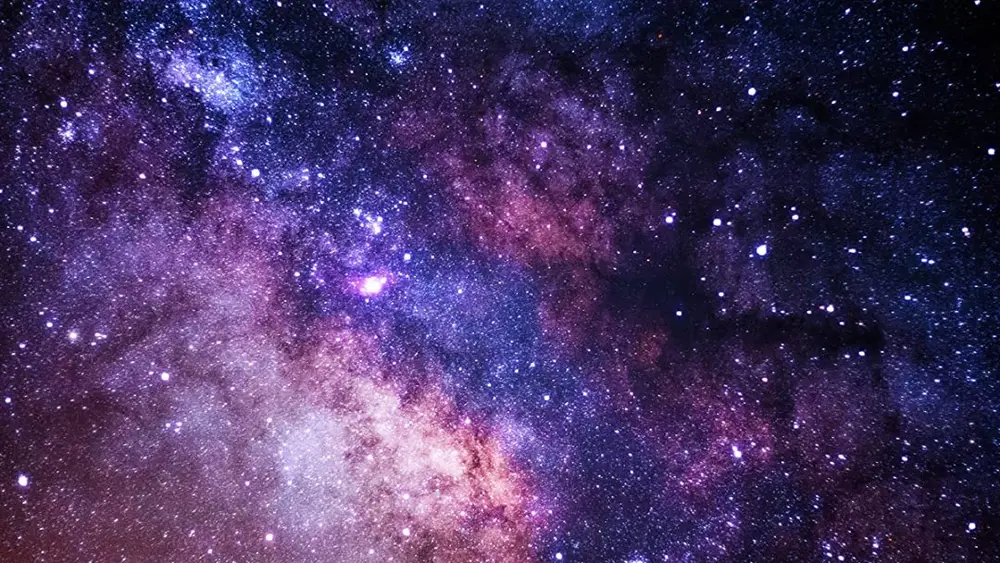

No comments yet